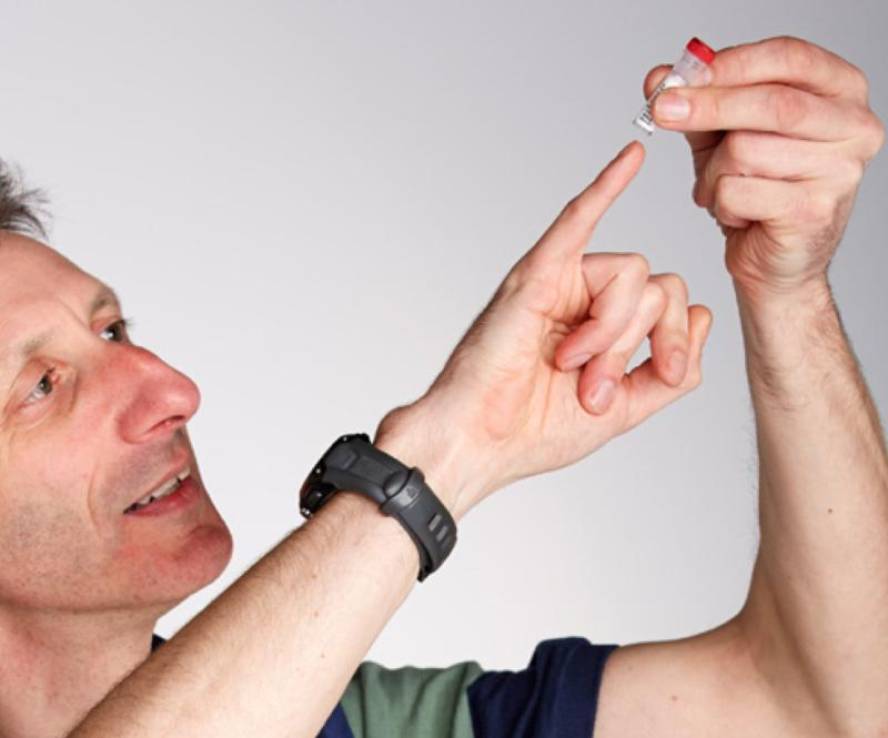Shakespeare sonnets encoded in DNA
British researchers have used synthetic DNA as memory to store texts, images and audios. Specifically, Shakespeare’s 154 sonnets, Martin Luther King’s “I have a dream” conference, the famous article by Watson and Crick, the photograph of the European Bioinformatic Institute and the archive of how data has been encoded in DNA. The work has been published in the journal Nature.
Neanderthal or mammoth DNA has proven to be the ideal support for storing information for a long time. In fact, researchers have stressed that cold and dry storage can last for thousands of years without problems. In addition, the DNA is very small, for example to store the 90 petabytes that CERN currently has would suffice with 40 g of DNA.
Last year another Harvard Medical School group coded a book into DNA. In this case they used a simple code, in which adenine and cytosine were 0, and guanine and thymine 1. The problem was that sometimes long strips of the same nucleotide were created and errors occurred when reading. The current ones have used more complex encryption: a succession of five nucleotides to encode a byte (eight 0 or 1). In addition, to avoid errors, the code has been divided into small portions of 117 nucleotides. In this way, they have encoded the information in 3 times more density than the previous group and have been able to recover with 100% accuracy all the information stored in the DNA.
The main problem researchers see in starting to use DNA as memory is cost. Codifying a megabyte cost about 9,000 euros and reading about 160 euros from DNA. However, they predict that in the coming years these costs will decrease considerably, and that this technique could be very useful shortly to store for a long time and store information that should rarely be used.






